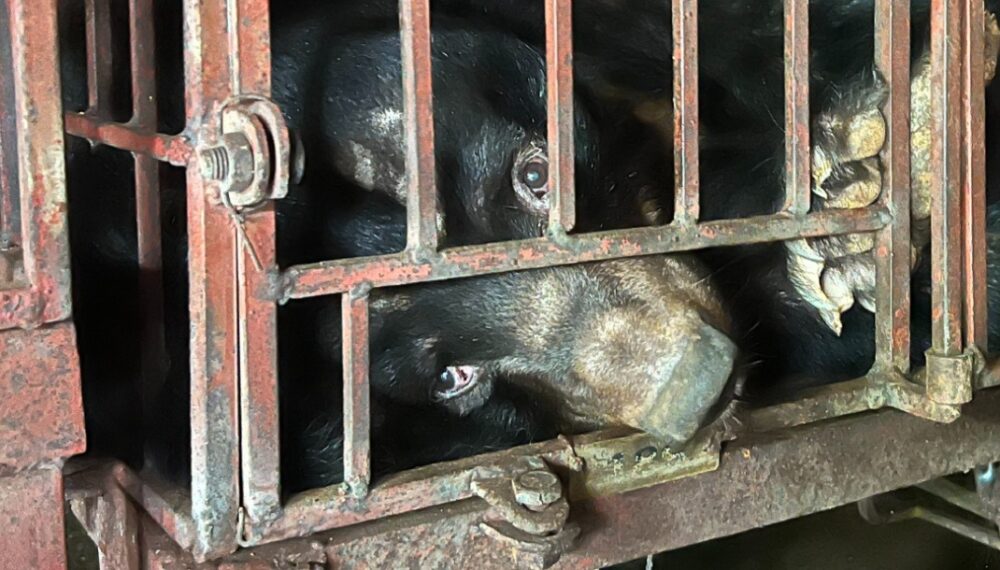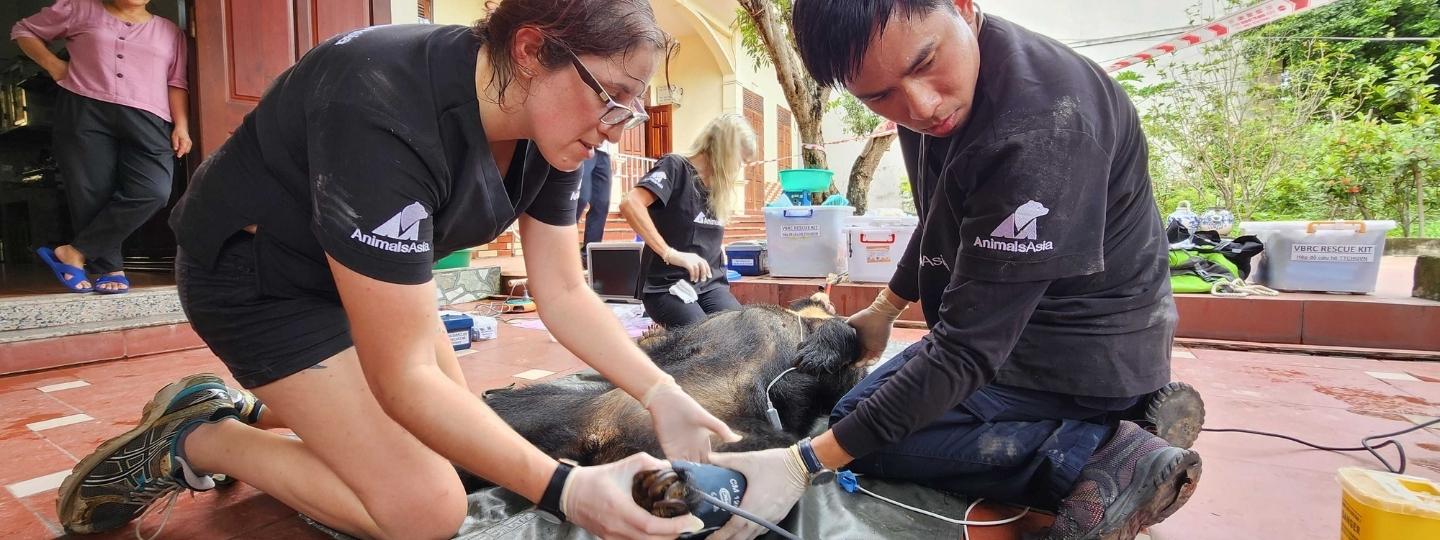
News
Filter by...
-
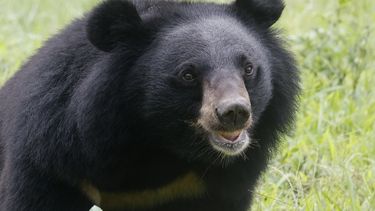
The final hurdle: ending bear bile farming in Vietnam
After 25 years of progress, just 156 bears remain waiting for freedom. Find out about the current situation and what we're doing to reach the final bears.
Read more on The final hurdle: ending bear bile farming in Vietnam
-
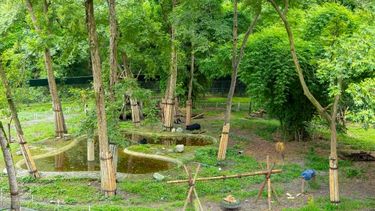
When passion finds its purpose: my first year with Animals Asia
A year ago Niki Wu joined Animals Asia as the China bear sanctuary's Bear & Vet Team Director. Follow her incredible story from boardrooms to bear dens.
Read more on When passion finds its purpose: my first year with Animals Asia
-
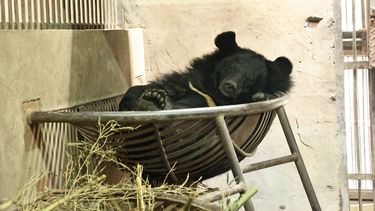
What do bears do on a gloomy day? They get cosy!
At our China sanctuary last week, as the drizzle set in, the bears chose to snuggle up in their dens – safe, warm, and very cosy!
Read more on What do bears do on a gloomy day? They get cosy!
-
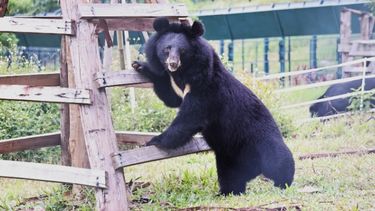
Moon bear finds joy at sanctuary after 27 years in cage
Moon bear Sen’s first steps into the sunshine show just how far love, care and freedom can take a rescued bear.
Read more on Moon bear finds joy at sanctuary after 27 years in cage
-
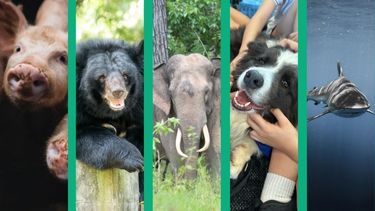
What we do to the earth, we do to animals
This World Animal Day, we’re reminded how closely our lives are tied to animals and the planet. Every choice we make matters. But by choosing compassion, we can help heal the Earth.
Read more on What we do to the earth, we do to animals
-
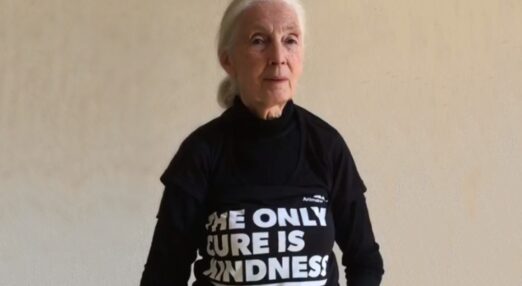
Remembering our friend Dr Jane Goodall DBE
Animals Asia mourns the passing of Dr Jane Goodall, legendary conservationist and dear friend, as Jill Robinson shares heartfelt reflections on her enduring legacy.
Read more on Remembering our friend Dr Jane Goodall DBE
Help us put an end to animal cruelty
Animals are being captured and exploited every day. Animals Asia has helped thousands, but there is always another animal in need of our help. Please donate today.
Donate now